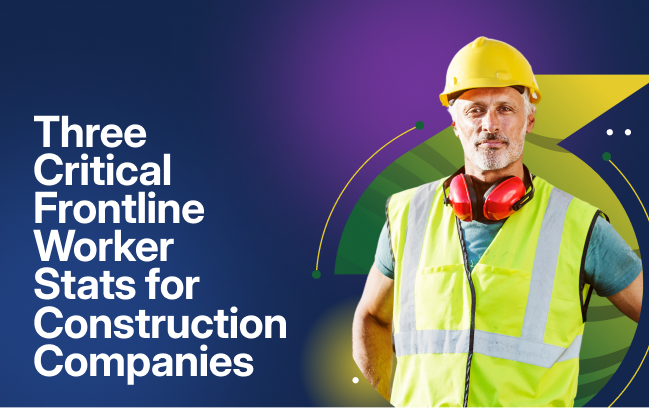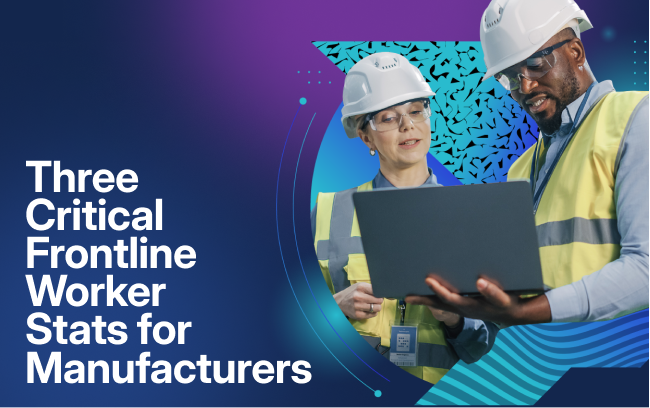July 24, 2020
4 Min. Read

Performance management refers to the process of setting expectations, giving feedback, and addressing performance outcomes. But how can companies set expectations with employees when business objectives are uncertain and the skills, competencies, and behaviors needed to meet those goals are constantly changing?
This article is the first of two parts that focuses on laying the groundwork for how companies can effectively manage performance in a way that both aligns with shifting business objectives and keeps up with the changing skills, competencies, and behaviors employees need to meet those objectives.
The Challenges of Uncertainty in Performance Management
It goes without saying that aligning performance management to business objectives and goal setting during COVID-19 is like trying to shoot a moving target. For instance, how many times have you heard the following questions?
- “How will we handle performance reviews this year?”
- “How can we set goals if we can’t pin down future business plans?”
- “What will 2021 even look like?”
Right now, there are simply too many unknowns for businesses to be able to map out a course of action and strategic objectives—ones that, under normal circumstances, would be used to guide the performance management process. So, what is the answer? How should organizations proceed?
Some companies have decided to create quarter-to-quarter and even month-to-month strategic plans because of the uncertainty of the current atmosphere. Regarding performance reviews, some have delayed them until later in the year, choosing to prioritize staff well-being for now, and focus on performance later. Others are continuing as planned, but virtually and with adjustments like changing from a formal grading system to a simpler conversation format. These solutions may work temporarily, but performance management strategies and reviews cannot be put on hold for too long.
Adapting vs. Reacting to Change
There is change, and there is 2020-level change. And then there is 2020-level change in the U.S. Whether you’re in the retail, hospitality, grocery, restaurant, or any other industry, you are likely experiencing a lot of it, and you know that making it through successfully boils down to how well you can adapt to it.
Companies that adapt to change anticipate it, prepare for it, and are willing to bend as needed, whereas those that react to it do quite the opposite. A good analogy is to imagine someone in an ocean surrounded by rough waters. They’re being tossed around by the tide, surprised by each passing wave, and breathlessly fighting to stay afloat. Not the ideal way to respond to change, yet sadly relatable for many companies right now. The goal is to find a way to remain successful no matter the “weather.” But how?
Decide What You Can Control
There is a saying: “The same boiling water that softens the potato, hardens the egg. It’s about what you are made of, not the circumstances.” Essentially, change is inevitable, and businesses would do well to adapt to it by focusing on internal operations first.
What goes on inside a company—its organizational structure, operations, systems, people, and policies—is what business executives do have control over. For example, they can take a deeper look into the various parts of their company, identify the functions or systems within it that would have the greatest impact on their ability to be “ready for anything,” and once identified, determine the changes that must take place in order to create a thoughtful plan of action. This is how companies can focus internally to change what they can control so they can better adapt to the changes outside of their control.
Consider a Strategic “Reset”
In a recent Gartner article, it was recommended that companies use the lessons they learned from COVID-19 as an opportunity to “reset” their strategies according to three phases:
Phase 1: Respond—Focus on immediate needs to keep things afloat (short duration, often chaotic)
Phase 2: Recover—Make an organized effort to stabilize operations (medium duration)
Phase 3: Renew—Execute strategic, durable plans based on learnings (long duration)
As companies assess the disruption caused by the pandemic while mapping out their “reset” strategies, they should also assess which human capital elements they should disrupt so that they align with their continuous change management processes.
Read more in part two of this article, which focuses more specifically on the roles that HR and L&D play in performance management, the importance of technology, and the role it plays in connecting goals, skills, and learning to deliver a better experience and a more effective performance cycle.
Learn more about making your performance management process more effective in our on-demand webinar: Handling Performance Reviews During Business Unusual.



